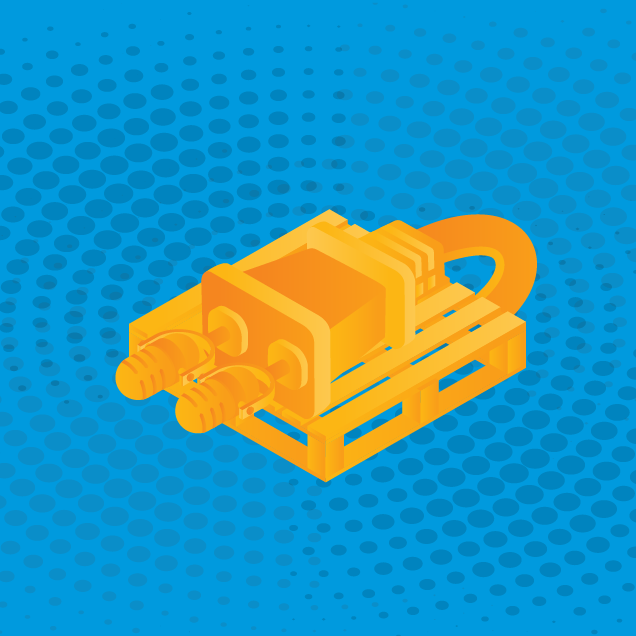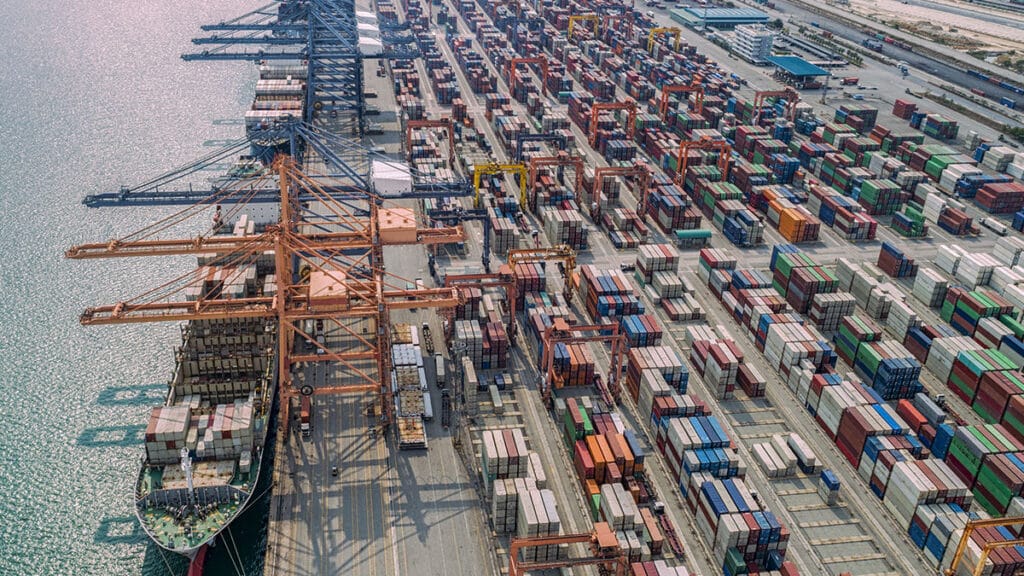
With the West Coast ports so backed up, East Coast ports have seen more traffic than usual. What would happen if the East Coast began experiencing the same level of congestion as the West Coast?

With the West Coast ports so backed up, East Coast ports have seen more traffic than usual. What would happen if the East Coast began experiencing the same level of congestion as the West Coast?
West Coast port congestion has brought about a whole load of issues for supply chains, not just here in the US, but across the globe. With the West Coast ports so backed up, East Coast ports have seen more traffic than usual. What would happen if the East Coast began experiencing the same level of congestion as the West Coast?
The backup on the West Coast was created by a whole host of problems, some of them pandemic-related or pandemic-exacerbated and some of them due to infrastructure issues. Some of the problems that have contributed to the congestion include:
This crisis has shown us how fragile our infrastructure and supply chains can be, highlighting the need for smarter supply chain strategies that focus on resilience rather than the just-in-time strategies companies have been working towards for the past 50 years.
Under the current circumstances, the East Coast is better situated to handle spill-over capacity from the West.
Many of the problems on the West Coast don’t plague the East Coast quite so badly
Many of the problems on the West Coast don’t plague the East Coast quite so badly. For instance, the trucking market on the East Coast is much cooler. The warehouse labor shortage isn’t felt as acutely on the East Coast, and wages haven’t skyrocketed on the East Coast as they have on the West Coast. There are also more rail terminals on the East Coast, which would help to get containers distributed more efficiently.
The shift that we’re likely to see, with more freight coming in on the East Coast, especially freight that will stay on that side of the country, may even be permanent even when the West Coast port traffic gets back to normal. It may even bring balance to the trucking market, which is heavily skewed towards the West Coast.
The fact of the matter is that the East Coast is seeing increased port traffic as well, and they’re making plans and trying to prepare for an influx of freight as more and more importers opt to skip the congestion out West. In May, the largest cargo ship to ever visit the East Coast, the Marco Polo docked in the New York and New Jersey port.
However, there are several reasons why the East Coast is a less desirable destination for importers.
It Takes Longer
Ships stacked with import containers coming in from Asia would have to go south to get around North America, and then back north to their port destination. It would take approximately an extra week to get freight into a port on the East Coast than it does the West Coast. However, that extra week of travel time doesn’t seem like nearly as long when ships are sitting out in San Pedro Bay for weeks, anyways.
It Costs More
Anytime you must take the long way around, you’re going to spend a little more money to get from point A to point B. It takes more time, more fuel, and it may even cost you container surcharges and other fees levied for passage.
Everyone Thought This Would Be a Short-Lived Problem
When this pandemic started, who among us really thought that we’d be sitting in roughly the same spot a full two years later, with case counts surging and high demand for consumer goods continuing to rage on?
Like many other aspects of the pandemic (that we were also wrong about), many companies expected the port congestion problems to be short-lived.
While it seems simple to just shift port traffic to the East Coast, the reasons not to be darned, it would only create new issues. Instead, a balanced approach makes sense.
Time Heals All Wounds
The only thing that’s almost guaranteed to alleviate port congestion and get things back to normal is time.
The only thing that’s almost guaranteed to alleviate port congestion and get things back to normal is time. It will take time to deal with the current congestion. In time, demand will level off and there will be fewer containers coming in.
With peak season past, we’ll see less pressure on ports (and warehouses and trucking companies). That will help ports get through the current congestion so that ships aren’t waiting weeks to get into the ports to unload. However, the continuation of high consumer demand means that the West Coast ports are still likely to be very busy.
Supply Chains are Adjusting
Companies have already begun to shift at least some of their imports to the East Coast.
In the long run, we can expect to see more companies turning to 3PLs to find solutions to problems like port congestion and help them become more resilient so that they’re able to deal with these issues better in the future. The crisis appears to be trending upward currently and is not over yet. Companies will likely continue to experience problems throughout 2022.
Get expert logistics insights delivered straight to your inbox
"*" indicates required fields
Notifications